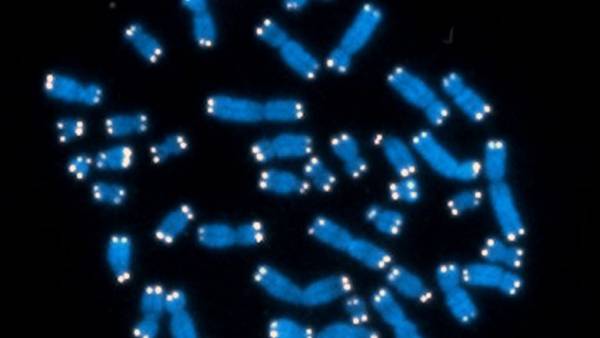Junk DNA is involved in brain development
Genetics dealt with the function of non-coding parts of the genome which does not contain information about any protein, but it is almost the same in all vertebrate organisms. This “dark matter” DNA has long been a mystery to scientists. Article describing results published in the journal Cell.

The main purpose of DNA all organisms store information about the amino acid sequences of proteins. In addition to this basic information, chromosomes contain the instructions for reading stored in the form of enhancers, promoters, silencers and ancillary areas. Also in the DNA are, for example, pseudogene sequences similar in structure to normal genes but lost its coding function. Another example of a piece of DNA that do not contain information about proteins are introns — genes located within areas that are cut in the process of synthesis of messenger RNA.
In the new study, the biologists studied non-coding stretches of DNA, which nevertheless are the same in many different animals. Removing some of these “ultra-conservative” elements were able to show that they are involved in brain development and control the level of expression of these genes, that is, play is similar to anaselli role. The brains of mice with remote areas of the genome were changed. If you delete one such sequence in adult organisms was unusually small number of neurons in certain areas of the brain, which in this case can cause the development of Alzheimer’s disease. Remove the other broke the structure of the brain associated with memory formation, as well as participating in the development of epilepsy.
Ultra-conservative elements were discovered in 2004 by comparing the genomes of human, mouse and rat. Were found 481 similar non-coding area. This was unusual, as it is in DNA to accumulate mutations, and the common ancestor of the three species lived about 200 million years ago. It is known that mutations in the genes accumulate slowly, as most of them are harmful, therefore, their support will not be able to pass on to future generations. It was thought that non-coding areas therefore needs to vary much more. The similarity of these sites led scientists to the idea that such sequences are also vital. A new study confirms this point of view.